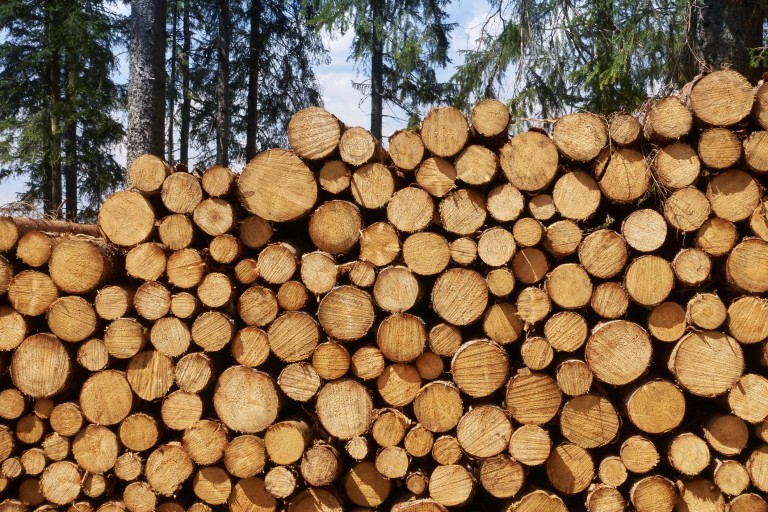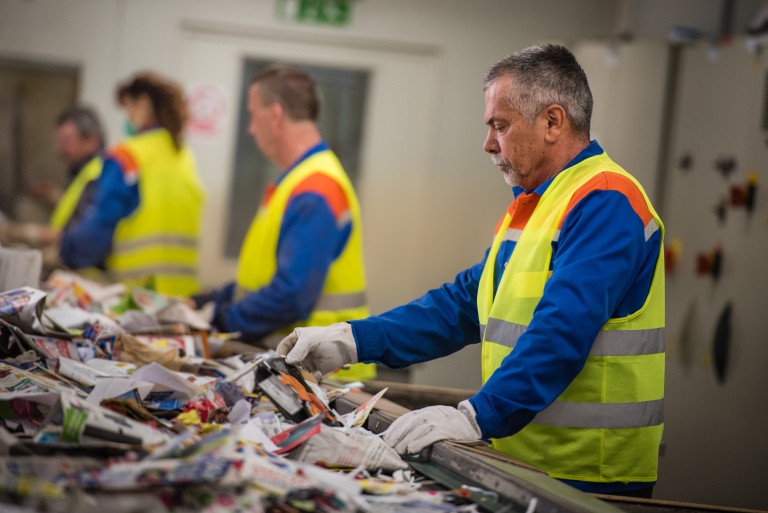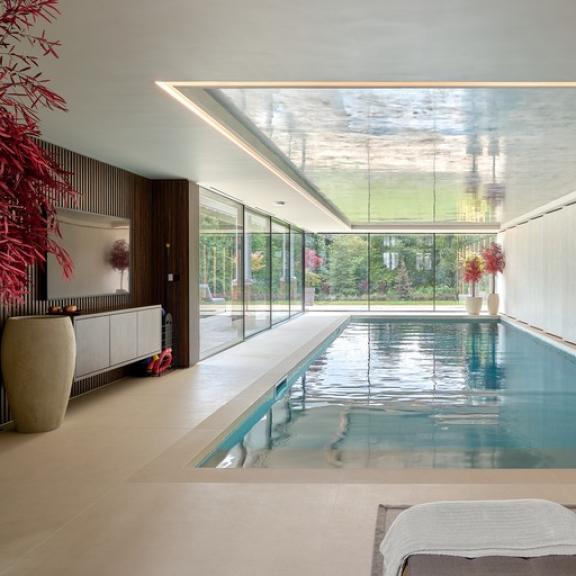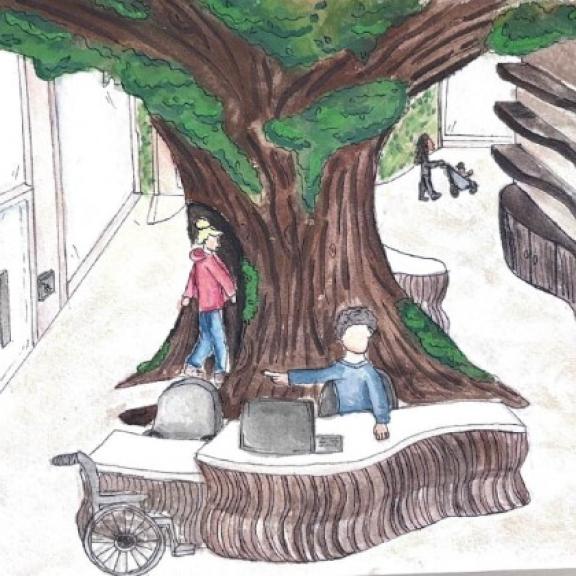Sustainable Sourcing Of Timber And Paper
With environmental concerns around paper and timber, learn how you can use these materials responsibly

Sustainability is big consideration for the interior design industry. Sustainable design can increase the value of homes, improve the health and wellbeing of residents, maximise air quality, and ensure that properties are ready for the future. Many potential homeowners are now searching for residences that have sustainability at their heart. A great place to start is your construction materials, with many materials such as bamboo and bio composites becoming popular in both exterior and interior design.
However, even the most sustainable of these can have their issues. Timber and paper are just two of the divisive building materials that are making headlines. Check that you know where you stand if you decide to use timber and paper in your designs: are they as sustainable as they seem? And how can you use these materials conscientiously?
Timber
Timber: one of the most natural and traditional materials that you can use. Lately, timber has been associated with shocking news headlines detailing the loss of field trees, which have halved in the UK since 1850, and woodland in decline. It is important to note, though, that timber is, in general, a renewable resource with low embodied energy if replanting is prioritised.
However, the demand for timber has led to the spread of deforestation worldwide, which has had knock-on effects on the planet’s carbon dioxide levels, with deforestation for the timber trade both causing the release of CO2 and preventing trees from removing excess carbon through photosynthesis.
What Designers Can Do
If you decide that timber is the correct resource for your designs, you can avoid contributing to deforestation by ensuring that the timber that you used is Forest Stewardship Council (FSC) or Programme for the Endorsement of Forest Certification (PEFC) certified. This means that the wood comes from a sustainable forest where replanting is valued and the habitat is protected, while balancing economic demands. FSC and PEFC certification is not the only proof that the wood that you invest in is sustainable. It is also vital to check whether your wood products are in line with UK regulations. Although there are some omissions and gaps in these regulations, they prevent illegally sourced wood from being imported and sold within the UK.
Key Questions To Ask
When you are speaking to a timber dealer, there are a few questions that you need to ask to check whether the timber that you are investing in is as sustainable as you would like. These include:
- Do you have evidence of FSC or PEFC certification?
- What species is the wood?
- Which country or forest has it been sourced from?
- Do you have any information about its supply chain?
- What binder has been used for manufactured boards?
- What is the life cycle of the wood?
- Can the timber be recycled or reused?
- Can it be separated once it has been used?
Once you have asked these questions, there are other considerations you could take. The top sustainable designers will always shop around for their trees. Rather than opting for the first wood that you come across, and those that are most popular, you could keep an open mind, looking at wood species that are more likely to have certification or that are common and not at all endangered by demand and the deforestation process.
You might also look for options that are locally grown, including those with a Grown in Britain label. These will have fewer transport distances, which can have an additional environmental impact. Additionally, you might opt for softwood over hardwood as this grows quicker and its levels in UK forests can be restored more easily.
It is also vital that you think carefully about the finish of the timber that you are investing in. Some finishes are more durable than others and require a reduced level of maintenance. These will need replacing less often, making them more sustainable options for your customers as they could be with them for years- or even for life.
Then, what is the purchase of timber all about? Local produce, opening the door to different timber species, and top-rated finishes that keep longevity in mind.

Paper
Paper is not as different a matter as you might think. 40% of timber production comes from a desire for paper that can be used for all elements of the design process, from the planning stage to the finished décor.
Unlike timber, it can be harder to tell where your paper comes from. Some paper is illegally logged, or comes from sources without the appropriate replanting schemes. Without proper sourcing, you could find yourself in this dire position.
What Designers Can Do
This is where you come in. You need to be an advocate for your own design sustainability. You need to chase suppliers that have evidence of certification, including FSC and PEFC. Just because some paper does not have FSC certification, though, it does not mean that it is illegal or unsustainable. Dealers might have different forms of accreditation, such as eco-labels, which can show you that your paper is coming from a reliable source.
However, there is an even better way that you can help the environment when investing in paper: by using recycled alternatives. Recycled options, with 80% of UK paper being made from recovered substances, can remove waste from the paper-creation process and ensure that it goes straight back into the cycle. When you are chasing this option, though, it is paramount that you check what percentage of this material is recycled, and whether it was recycled post-consumer or as factory waste.
Key Questions To Ask
There are some key questions you can ask your supplier. Some of the most important, which may sway your decision to go for sustainable paper products, include:
- Is this paper virgin or recycled?
- What accreditation does it have?
- Can I see evidence of this certification?
This will help you to relax in the knowledge that you are doing good in the world while designing top paper products for your clients.
As an interior designer, you might not need any advice on the designs that you create. However, you might need advice when it comes to the modern world of sustainability. Whatever stage of your career you are at, it is vital that you are confident in your assertion that the materials you are using must be sustainable, certified, and that there is transparency between you and your suppliers. When it comes to paper, remember that recycled is best.
Key Takeaways
Before you go any further and return to planning your next project, if you take just a few aspects away with you, these should be the importance of:
- Sustainable practices
- Chasing down evidence of certification
If you do this, you will soon be on your way to a sustainable future in interior design, whether you are using timber, paper, or one of the many other building materials out there. Do not sit around and wait for your carbon footprint to increase. Implement checks into your supply chain and every one of your specs now to care for the future of the planet and spearhead sustainable design in your industry.
Next Steps
If you are lost on what to do or how to get started, you might consider conducting further research into the different types of regulations and certifications that are out there when it comes to timber, paper and other building materials in the UK and beyond. You can do this by checking out the FSC and PEFC guidelines online, or looking at recycled content benchmarks.
Visit the resource library for more advice on designing sustainability.
Explore new resources from the BIID. Seeing a padlock? Just login or become a member to view.
View the highlights from our 60th anniversary party
We asked Anna Burles: What makes the perfect software?
Discover the smart home technology awards with Platinum Partner, CEDIA
Explore the latest, member-exclusive, templates designed to make your life easier.
University of Gloucestershire wins the BIID Student Design Challenge 2025.





